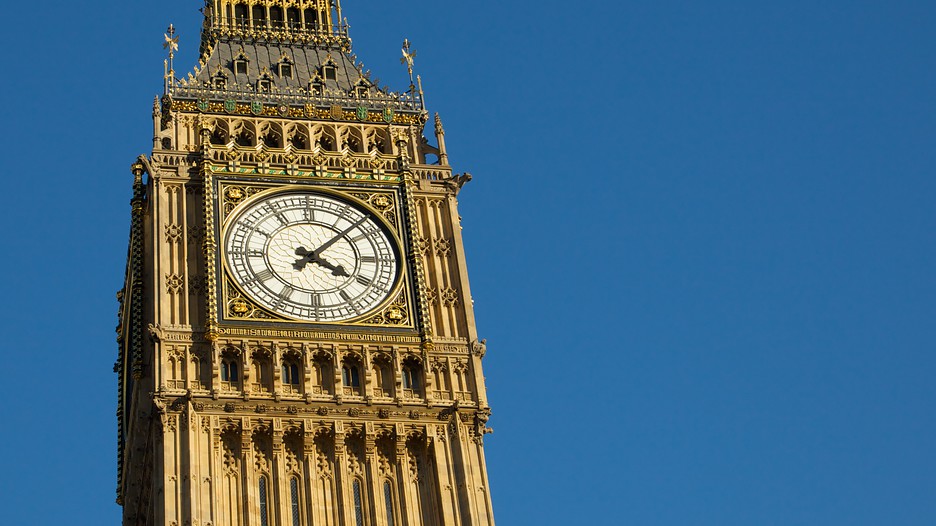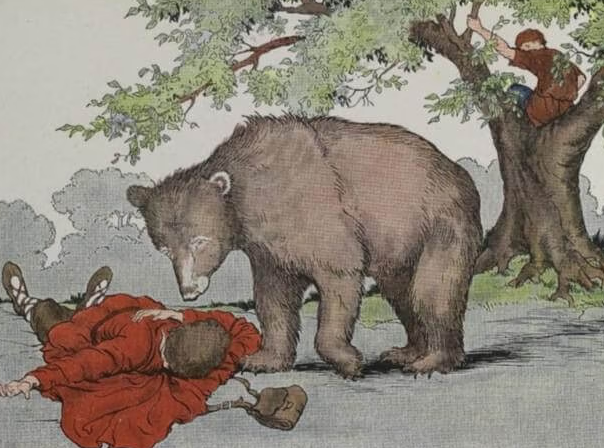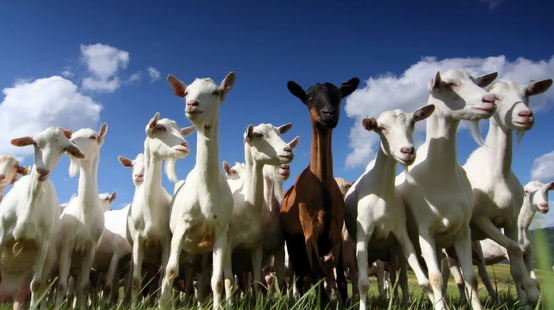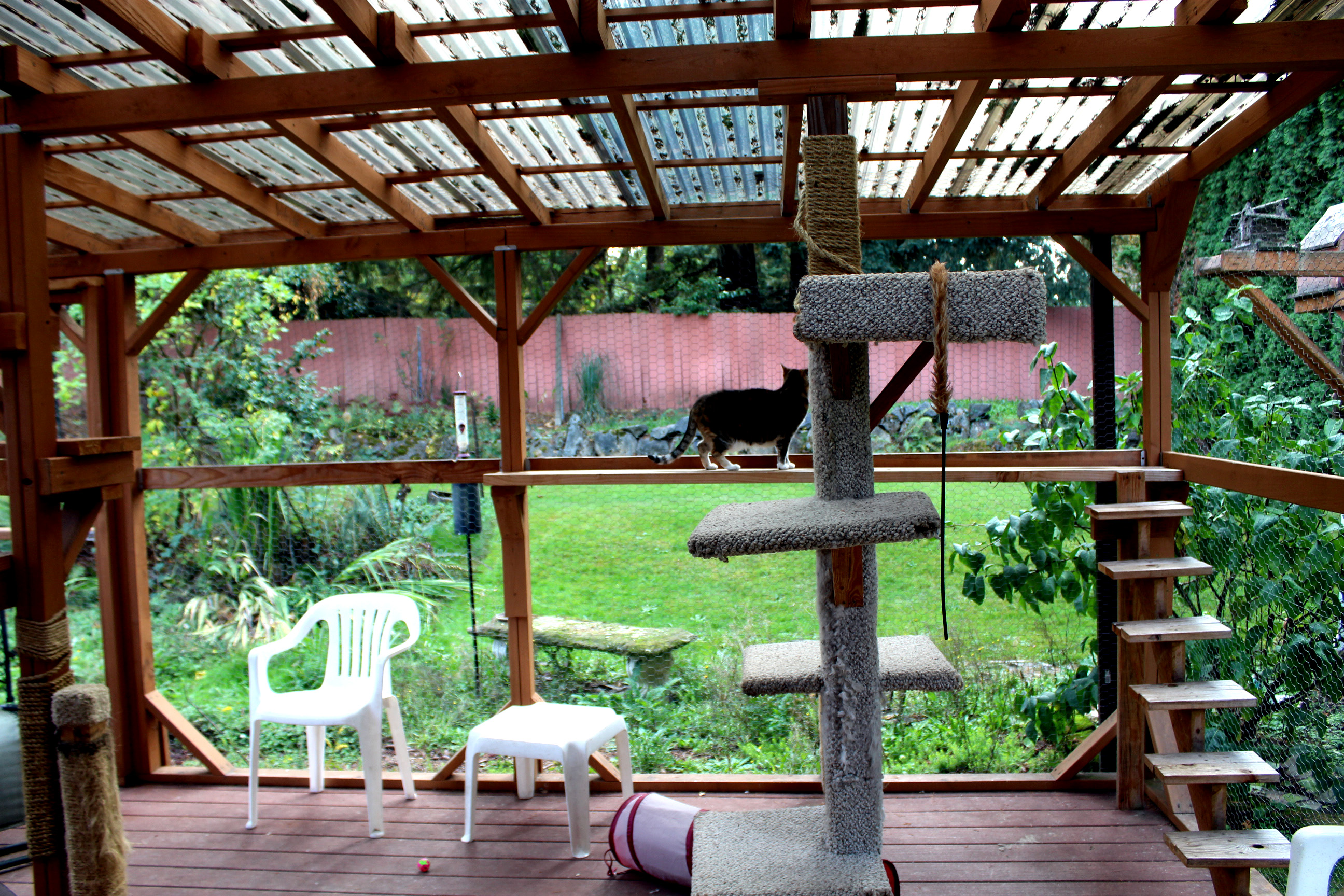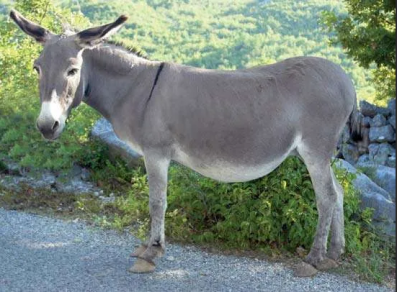用微信扫码,手机上答题

微信扫码,添加客服





1 . How does the new craft reduce water drag?
A.
By reaching the speed of sound.
B.
By surrounding itself with “bubbles”.
C.
By running underwater.
D.
By holding many tiny bubbles in water.
2 . What can be inferred from the passage?
A.
This “supersonic” submarine is completely made in China.
B.
This underwater craft travels much faster than sound.
C.
There is great future for the supersonic submarine.
D.
The “supersonic” submarine was made in the cold war.
3 . What does the underlined word“supercavitation” mean?
A.
The submarine is like an envelope with bubbles surrounding it.
B.
The submarine is surrounded by an envelope when traveling underwater.
C.
Water drag is removed with the supercavitation technology.
D.
Covering the underwater craft with bubbles to overcome water drag.
4 . What does a swimmer benefit from the technique?
A.
He can swim in water very fast with little effort.
B.
He can wear a swimsuit that can reduce water drag.
C.
He can swim very fast with water bubbles surrounding him.
D.
He can reach the speed of sound when he swims.
5 . What can be the best title of the passage?
A.
The Technology of Supercavitation.
B.
China’s New Submarine Travels at Sound Speed.
C.
Swimsuit Benefits from Submarine Technique.
D.
More Work Needed to Perfect China’s New Submarine.
6 . How many nicknames does New Orleans have?
A.
Three nicknames.
B.
Five nicknames.
C.
More than ten nicknames.
D.
More than twenty nicknames.
7 . Which is NOT New Orleans’s nickname?
A.
Sin City.
B.
The Big Easy.
C.
The Birthplace of Jazz.
D.
NOLA.
8 . When did they make the book “The Big Easy” into a film?
A.
In the early 1700s.
B.
In 1970.
C.
In 1987.
D.
In the 1970s.
9 . New Orleans _______.
A.
has the most nicknames in America
B.
has the same pace of life as New York
C.
is the most famous city in America
D.
is the biggest city in America
10 . Which sentence is wrong about “The Big Easy”?
A.
It shows the slow and easy-going way of life in New Orleans.
B.
It was a dance hall in New Orleans in the early 1900s.
C.
It was a newspaper writer’s name in 1970s.
D.
It was the name of one of James Conaway’s books.






